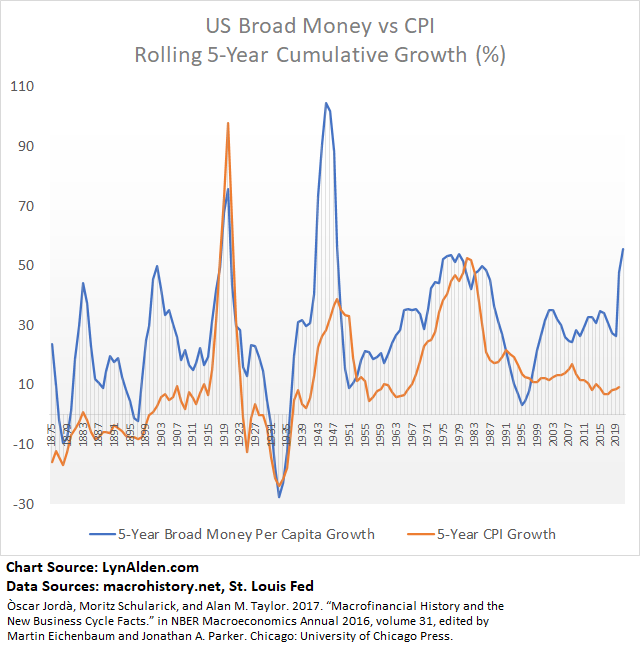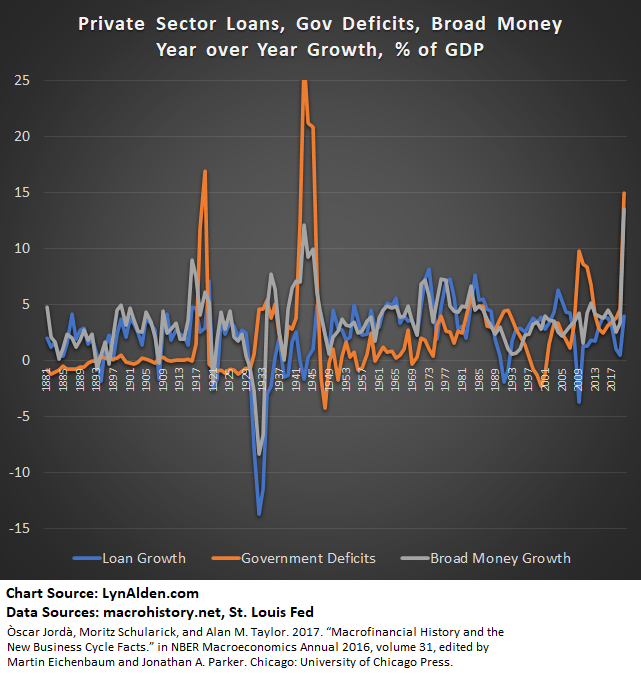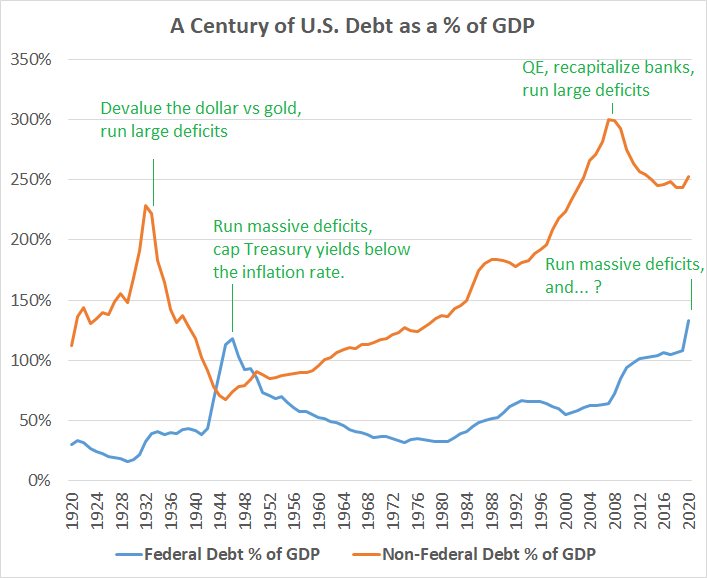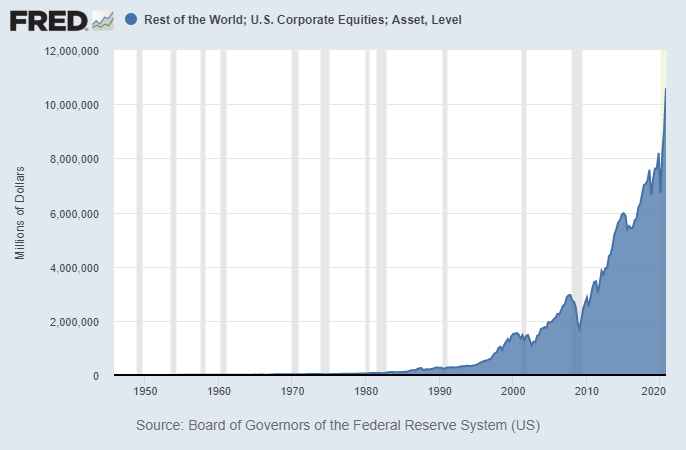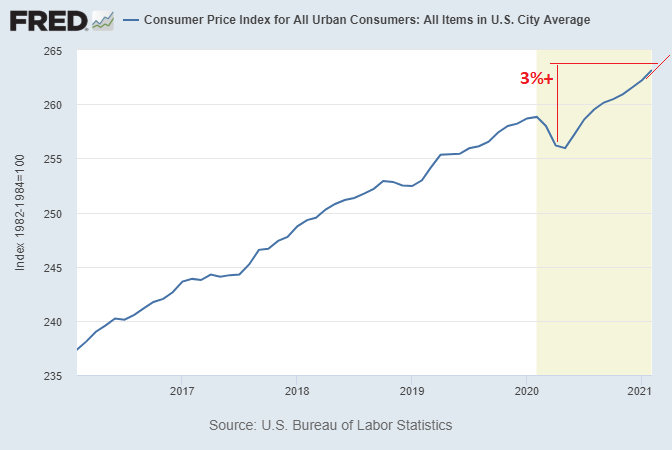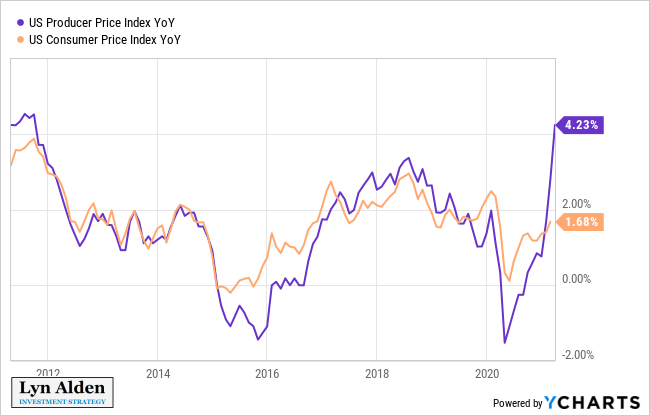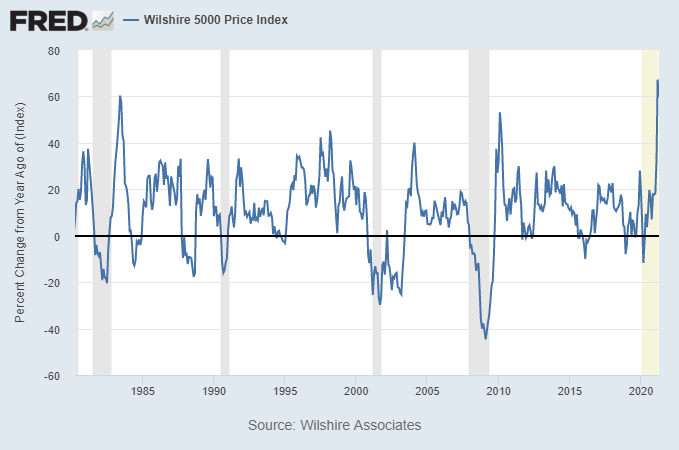
This results in an interesting question. For folks who act differently online vs offline, which one is their "true self"?
I would say a bit of both.
I would say a bit of both.
https://twitter.com/LynAldenContact/status/1406336063807934468
On one hand, people let out thoughts or aggressions online that they would be less prone to do in person. It helps get a feel for what people "really" think.
On the other hand, people are social animals with instincts and bonds. Online diminishes those, leaving the rough side.
On the other hand, people are social animals with instincts and bonds. Online diminishes those, leaving the rough side.
Folks develop "internet enemies" that if they were to meet in person and get to know each other a bit, might be more respectful even if they naturally disagree.
Internet enemies have all the natural disagreements, without the million years of empathy instincts as social animals.
Internet enemies have all the natural disagreements, without the million years of empathy instincts as social animals.
In person tho, folks might be too nice because all of those evolutionary social instincts kick in along with cultural norms, so they hide their true thoughts.
When one has a thought they wish to hide, it requires extra introspection. Is society weird, or is the individual weird?
When one has a thought they wish to hide, it requires extra introspection. Is society weird, or is the individual weird?
For example, an aggressive individual with views that can harm others would get natural pushback from society. That's like an immune function.
However, if society itself gets rather corrupted, individual pushbacks towards reason are important for societal self-correction.
However, if society itself gets rather corrupted, individual pushbacks towards reason are important for societal self-correction.
Ultimately, the ideal case is to combine them. To speak rather freely in public and in private, online and offline, while having enough social awareness to separate the person from their viewpoint, and to consider details of their personal experience and how they developed it.
Obviously it's different for folks in regimes that don't have freedom of speech, which is why it's worth promoting that value wherever possible, online and offline.
• • •
Missing some Tweet in this thread? You can try to
force a refresh


